The castle
LE CHÂTEAU & SON PARC
Niché au cœur du Domaine de Bayssan, le Château de Bayssan est une véritable pépite du 19e siècle.
Réalisé par l’architecte Louis Garros, ce bijou architectural allie charme historique et confort moderne.
Entouré d’un parc de 3 hectares abritant des arbres remarquables tels que des platanes centenaires, des palmiers et des pins, le Château de Bayssan offre un cadre enchanteur propice à la détente et à la sérénité.
Après avoir été entièrement rénové entre 2022 et 2023, le Château de Bayssan a pu ouvrir ses portes pour accueillir un public en quête d’authenticité et de raffinement.
Les gîtes de luxe aménagés au sein de cette demeure d’exception offrent un cadre élégant et cosy, où chaque détail a été pensé pour garantir un séjour inoubliable,
le charme de l’ancien mêlé au contemporain a permis d’obtenir un classement 4 Étoiles.
Que vous soyez en quête d’une escapade romantique, d’un séjour en famille ou d’un moment de repos bien mérité, le Château de Bayssan saura vous séduire.
In ancient times, a Gallo-Roman farm was built in the centre of the estate.
During the Roman Empire, the farm was replaced by a wealthy Gallo-Roman villa, as evidenced by the furniture and fragments discovered on the estate in the 19th century.
Construction of the Romanesque church of Saint Felix de Bayssan began in the Middle Ages, around 1075.
The estate passed through the hands of various owners: consuls of Béziers, lords and wealthy Béziers families.
During the French Revolution, the estate was split into 2 parts, Bayssan le Haut and Bayssan le Bas.
Apollonie Cure bought Bayssan le Haut in 1850. Together with Father Jean Gaillac, who was in charge of the hospital in Béziers, they decided to set up an orphanage in 1857. At the same time, they created a religious congregation known as the Sacred Heart of Mary, of which Apollonie Cure became Mother Superior under the name of Mère St Jean.
Emile Sahuc, a wealthy landowner, decided to build a château in the middle of the vineyards. Louis Garros, an architect from Bordeaux, built Château de Bayssan in 1880.
His son, Joseph Sahuc, inherited the building. His wife, who had no children, donated it to the nunnery of the Cour Saint Jean.
The nuns returned in procession in 1960. Since then, the site has had a succession of owners. Among them, the Hérault Regional Council acquired Bayssan le Haut in 1980 with the aim of turning it into a cultural and leisure centre.





